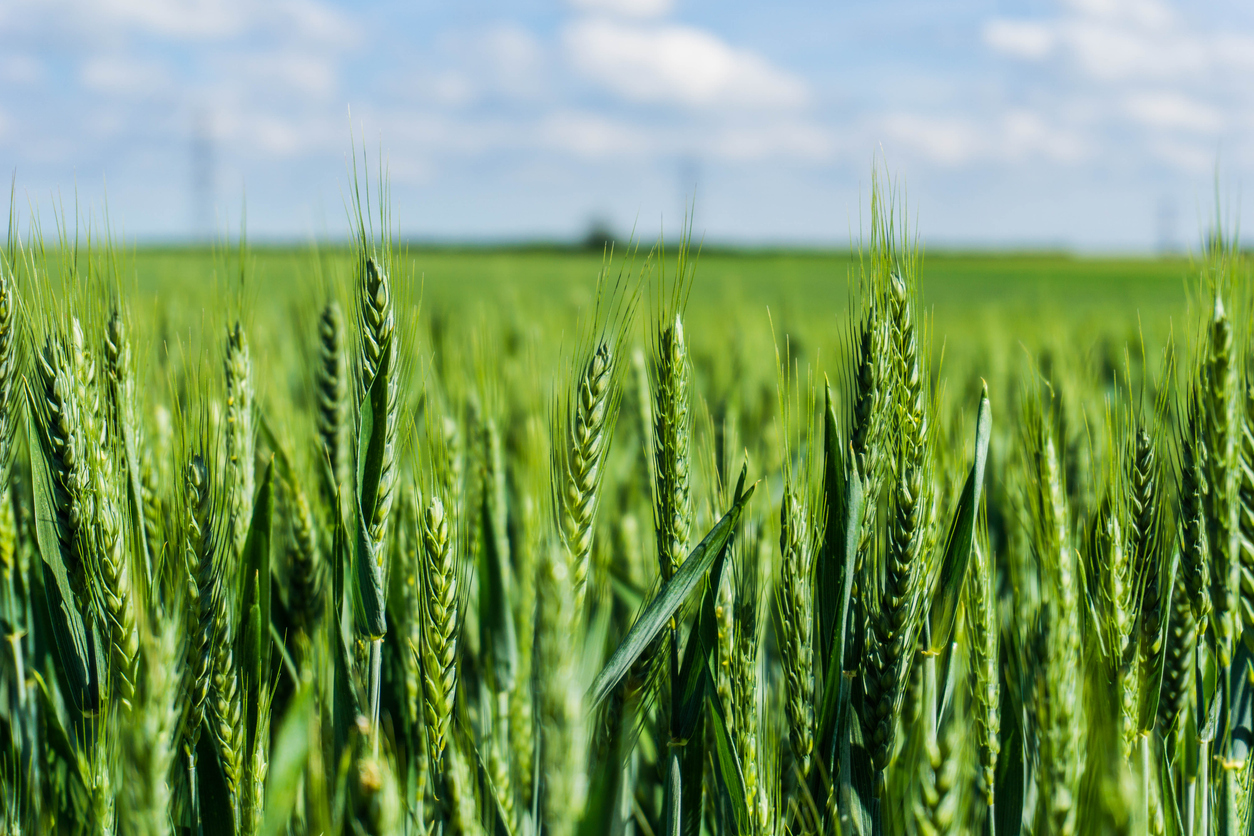
Scientists Discover a Gene that Could Triple Wheat Production
October 22, 2025| |
University of Maryland researchers have identified a gene in wheat that could significantly enhance the global food supply. The scientists identified the WUSCHEL-D1 (WUS-D1) gene as the key factor responsible for a rare variety of wheat that develops three ovaries per flower, instead of the standard single ovary. Since each ovary can mature into a grain of wheat, activating this gene offers a path to producing significantly more wheat kernels per plant and potentially tripling the overall yield.
The discovery stems from studying a spontaneously occurring mutant of common bread wheat. The UMD team found that the remarkable trait was caused by the normally dormant WUS-D1 gene being "switched on" early in the flower's development. When active, the gene enlarges the flower-building tissues, allowing them to produce the extra female parts. Researchers believe that if breeders can control or mimic this genetic trick, they can effectively design new wheat varieties with greater kernel production. Even small increases in kernels per plant translate to massive gains in food security on a global scale.
This genetic discovery offers a powerful new tool to boost yields without requiring more land, water, or fertilizer, addressing a critical challenge for modern agriculture. "Pinpointing the genetic basis of this trait offers a path for breeders to incorporate it into new wheat varieties, potentially increasing the number of grains per spike and overall yield," stated Associate Professor Vijay Tiwari, a co-author of the study. The insight into WUS-D1 could potentially lead to the development of similar multi-ovary varieties in other essential grain crops.
For more details, read the news article on the University of Maryland website.
| |
You might also like:
- Scientists Discover Pair of Genes that Strengthens Wheat’s Defense Against Powdery Mildew
- Rothamsted Research Scientists Identify Key Wheat Genes that Control Plant Height and Grain Size
- Discovery of Wheat Pan-Transcriptome to Secure Global Food Supply
Biotech Updates is a weekly newsletter of ISAAA, a not-for-profit organization. It is distributed for free to over 22,000 subscribers worldwide to inform them about the key developments in biosciences, especially in biotechnology. Your support will help us in our mission to feed the world with knowledge. You can help by donating as little as $10.
-
See more articles:
-
Plant
- Gene-edited Indica Rice Exhibits Basmati Aroma
- Scientists Discover Tomato Gene that Boosts Resistance Against Bacterial Wilt
- Iowa State Scientists Use Gene Editing to Explore Chromosomes of Agrobacterium tumefaciens
- CRISPR Rice Exhibits Broad-Spectrum Herbicide Resistance
- Mexican Scientists Urge Government to Rule on Gene-Edited Crops
- Scientists Discover a Gene that Could Triple Wheat Production
-
Food
- PhilRice Deposits 4,417 Rice Seed Samples to the Svalbard Global Seed Vault
- Survey Reveals Growing Acceptance of Gene-Edited Foods in Korea
-
Read the latest: - Biotech Updates (December 3, 2025)
- Gene Editing Supplement (November 26, 2025)
- Gene Drive Supplement (February 22, 2023)
-
Subscribe to BU: - Share
- Tweet

